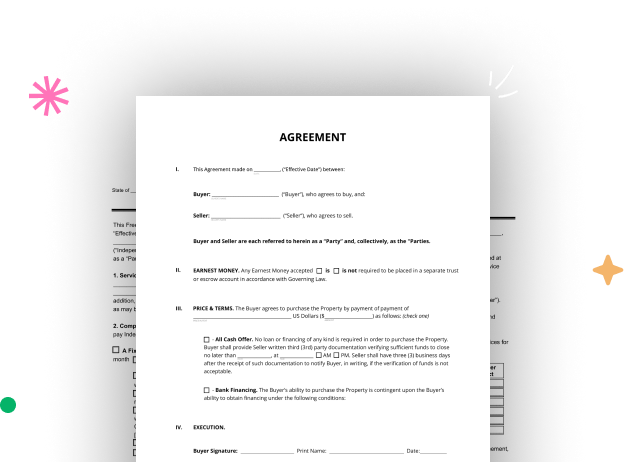

Start by setting up a free DocHub account using any available sign-up method. Just log in if you already have one.
Try out the complete set of DocHub's pro features by registering for a free 30-day trial of the Pro plan and proceed to build your Residential Leasing Legal Document.
In your dashboard, choose the New Document button > scroll down and choose to Create Blank Document. You will be redirected to the editor.
Utilize the Page Controls icon indicated by the arrow to toggle between different page views and layouts for more flexibility.
Navigate through the top toolbar to add document fields. Add and arrange text boxes, the signature block (if applicable), insert images, etc.
Configure the fields you incorporated based on your preferred layout. Modify the size, font, and alignment to ensure the form is user-friendly and professional.
Save the completed copy in DocHub or in platforms like Google Drive or Dropbox, or design a new Residential Leasing Legal Document. Share your form via email or utilize a public link to reach more people.